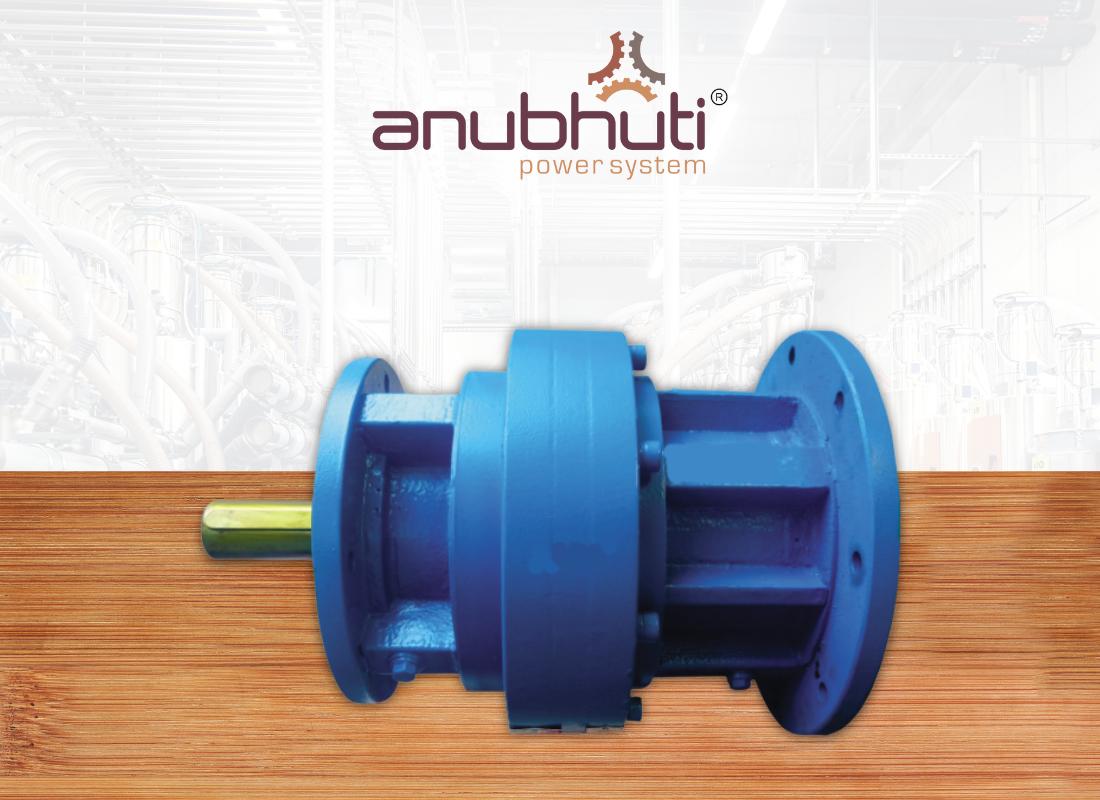Planetary gearboxes, sometimes called epicyclic gear trains, are those unsung heroes lurking within many of the machines that power our world. Despite their relatively small size, they play a critical role in multiplying torque (rotational force) and reducing speed, making them essential components in countless applications.
Unpacking the Planetary Gearbox
Imagine a miniature solar system working in perfect harmony. That’s essentially the concept behind a planetary gearbox. Here’s a breakdown of the key players:
- Sun Gear: The central gear, acting like the sun, receives the input rotation.
- Planet Gears: These smaller gears, orbiting the sun gear like planets, are housed in a carrier that rotates around the sun gear.
- Ring Gear: The outermost gear, similar to a ring around the planets, meshes with the planet gears.
How it Works: Multiplying Torque and Reducing Speed
The magic of a planetary gearbox lies in the way these gears interact. There are three main configurations, each achieving a distinct outcome:
- Sun Gear as Input: In this configuration, the sun gear receives rotation, while the ring gear is fixed. The planet carrier, along with the planet gears, rotates around the sun gear, resulting in a speed reduction and a torque increase at the output (typically on the carrier). This is the most common setup.
- Planet Carrier as Input: Here, the planet carrier is driven, while the sun gear is held stationary. The ring gear then rotates in the opposite direction of the carrier, resulting in a speed increase and a slight torque decrease at the output (typically on the ring gear).
- Ring Gear as Input: With the ring gear as the input and the sun gear fixed, the planet carrier rotates in the same direction as the ring gear, but at a reduced speed and with a torque increase at the output (typically on the carrier).
Why Use Planetary Gearboxes?
These ingenious gear systems offer several advantages:
- High Torque-to-Size Ratio: Planetary gearboxes can deliver a significant increase in torque within a compact package. This makes them ideal for applications where space is limited.
- Smooth and Quiet Operation: The meshing of multiple gears distributes load evenly, resulting in smoother operation and quieter noise levels compared to some other gear reduction systems.
- Versatility: The various configurations allow for both speed reduction and speed increase, making them adaptable to a wide range of applications.
- Durability: Planetary gearboxes are known for their robust design and ability to withstand high loads, making them reliable for long-term use.
Where Do We Find Planetary Gearboxes?
Planetary gearboxes are surprisingly ubiquitous. Here are just a few examples:
- Robotics: They are the driving force behind the precise movements of robotic arms and industrial automation systems.
- Power Tools: From drills and impact wrenches to angle grinders and power saws, planetary gearboxes provide the necessary torque and speed control.
- Automobiles: Planetary gearboxes are at work in automatic transmissions, differentials, and even window regulators.
- Wind Turbines: They play a crucial role in converting the slow rotation of wind turbine blades into high-torque output for electricity generation.
- Aerospace Applications: These gearboxes are essential components in aircraft landing gear retraction systems and other critical mechanisms.





No comment